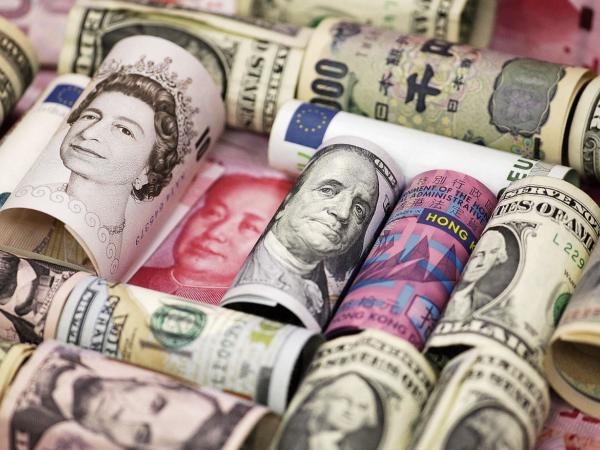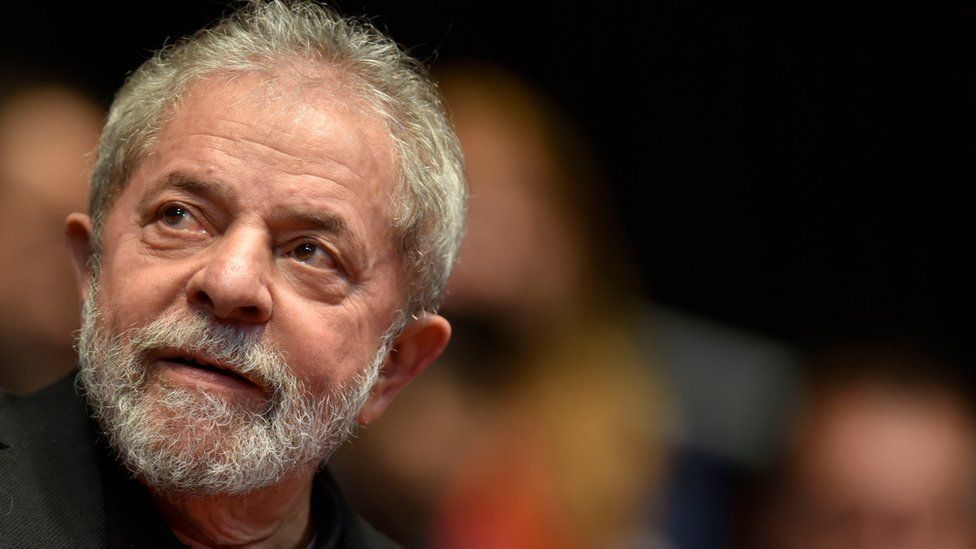One of the clearest consequences of the war in Ukraine and Russia, which has now lasted more than two months, falls on the major world currenciessuch as the dollar, the euro, the Chinese yuan or that of the belligerent countries such as the Russian ruble.
(Read: Dollarization, crude oil and inflation: keys to Venezuela’s GDP in 2022).
Although it ended up giving up slightly this Friday, the dollar says goodbye to April as the strongest currency reaching its highest level in 20 yearsdriven, among others, by the Russian policy of the Federal Reserve to raise interest rates and control runaway inflation in the United States.
Thus, the Dollar Index closed this April 29 at 103.2 points, surpassing the mark obtained in December 2002. In addition, the dollar also receives a boost against the safe haven currency due to fears about the spread of covid-19 in china and the repercussions of the invasion in Eastern Europe.
“The US dollar provides a hedge against a significant deterioration in global growth, and is a highly positive carry, particularly against the euro.”, said Citigroup strategists quoted by the Bloomberg agency.
Next, the experts pointed out that the movement of the dollar is also driven by the fragility of the Japanese yen, the euro and, above all, the Chinese yuan.
The fragility of the euro
The common currency of the eurozone is one of the most affected in recent times of war.
With the war as a backdrop, the currency has also been impacted by the shock of sanctions against Russia and the decisions of this country on hydrocarbon exports, key for this region.
This is how only in April, the community currency registered a drop of 4.74%, according to the Refinitiv platform, thus recording its lowest level in four years, despite the fact that this past Friday it rebounded by 0.44% compared to the close of the previous day. Currently, the European currency reached a value of 1.054 per dollar.
In a macroeconomic context, the gross domestic product (GDP) of the eurozone slowed down by 0.2% in the first quarter as a result of the war and a escalation in inflation that puts more pressure on the Community Central Bank to raise interest rates, something that for the moment they have rejected as they “do not have” an economy as solid as the US.
(Besides: Why is the dollar sold cheaper in exchange houses?).
Chinese yuan weakened
The Chinese currency has been another of the big losers in the two months that the war fills the covers and reflectors of public opinion.
According to the Refinitiv platform, the Chinese currency has devalued by 4.5% this month and 4.27% in the last three months. According to Reuters, the currency is trading at one yuan to $0.15 and hit an 18-month low on Friday, putting it on track for “its worst month” since the 1994 forex reforms.
This scenario contrasts too much with that of a month ago, when the wave of covid-19 was not triggered, in which public opinion was focused on the digital Yuan Proposal, the CBDC of the Asian giant that seeks to tilt the balance of international payments against the current dollar.
The yen also weakens
A moderate policy regarding the rise in interest rates by the Bank of Japan led the yen to trade at its weakest level since December 2002 against the dollar this Thursday, reaching 130 units per greenback.
This Friday, according to the Reuters agency, the price between both currencies is at 129.8 units per US dollar.
According to the Refinitiv platform, in the first three months of the year the currency has devalued 12.80% against the symbol of the United States.
The ruble, the most impacted
The Russian currency is the most affected by the impact of the war. Directly involved in the war effort, it has suffered from the direct prohibitions of sanctions and the loss of confidence of foreign investors.
Its worst level in these months was recorded in the first weeks of the war, when it fell to historical lows against the dollar for below 70 rublesbut the capital control policies applied by Moscow and the evasion of sanctions have allowed a rebound that has even gone so far as to erase the impact of the restrictions.
(Keep reading: Euro falls to its lowest level in five years).
The official exchange rate closed on Friday at 70.2 rubles per dollar, according to the Reuters agency.
ROBERTO CASAS LUGO








